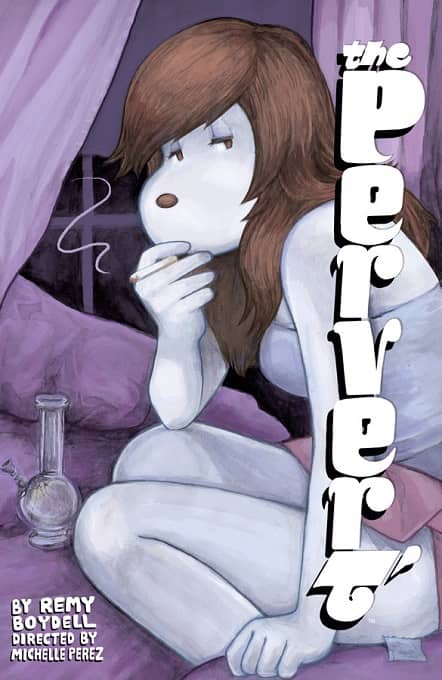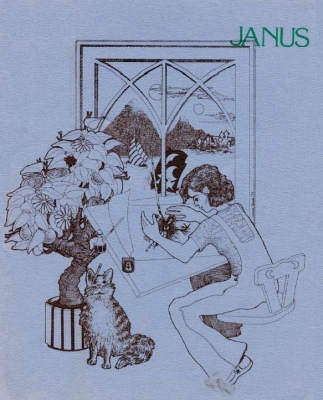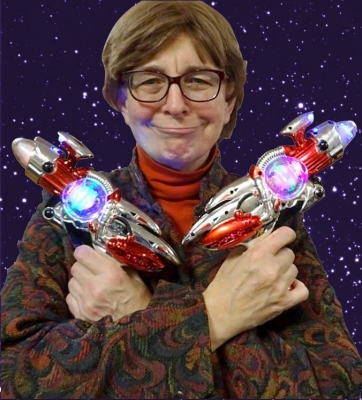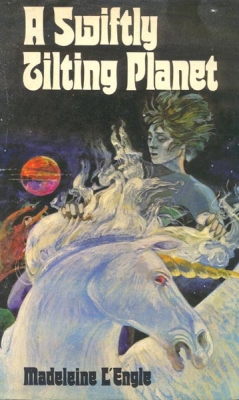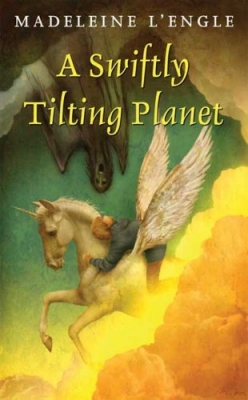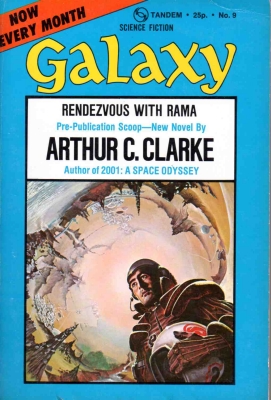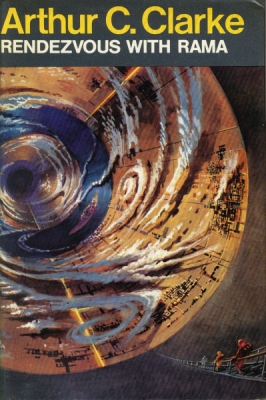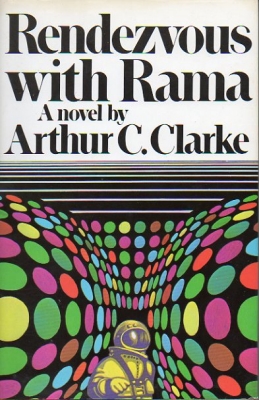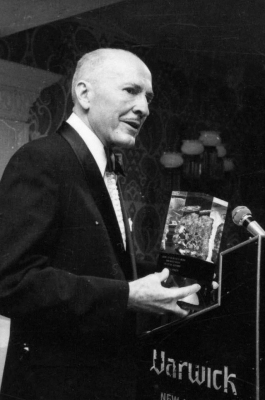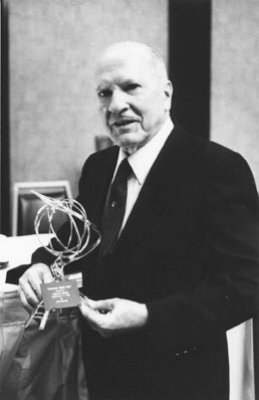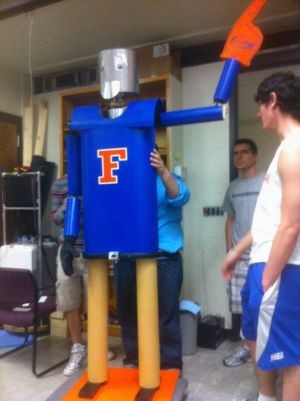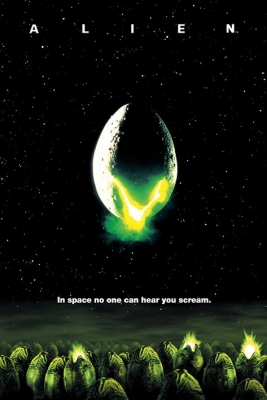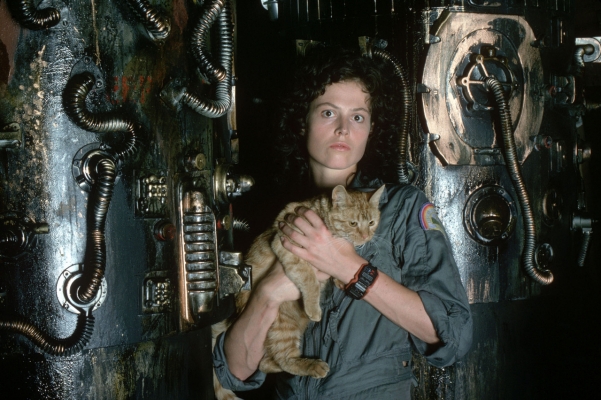What I’ve Been Reading Lately: July 2019
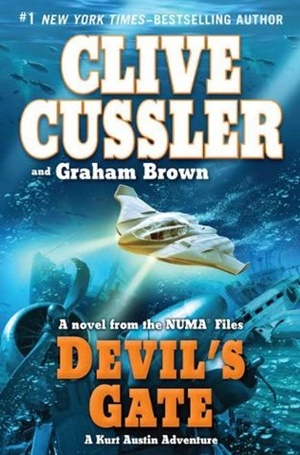 So, Hither Came Conan wrapped up last week. I mean, it’s really done this time. And A (Black) Gat in the Hand starts up next month, so I’ve got a couple weeks to fill with some meanderings. More aimless than my normal meanderings.
So, Hither Came Conan wrapped up last week. I mean, it’s really done this time. And A (Black) Gat in the Hand starts up next month, so I’ve got a couple weeks to fill with some meanderings. More aimless than my normal meanderings.
I’m wrapping up the most brutal month-long period of my work year, and I’ve been lining up hernia surgery in a couple weeks. So, I’ve been reading (and listening to audiobooks when I can) a ton for stress relief. I figure I’d talk about some of that reading for today’s column.
CLIVE CUSSLER
I’ve been reading Cussler for decades – from way back before he pieced off the writing of all his books. I used to grab each Dirk Pitt book when it came out. With the possible exception of Robert Ludlum, no one has ever been a ‘stay up late, page turning’ author for me, more than Cussler has.
Cussler’s adventure tales frequently involve water and sea exploits. Two of his heroes, Dirk Pitt and Kurt Austin, work for NUMA – the National Underwater Marine Agency. It’s a fantasy organization for Cussler, with unlimited funds and governmental support, to reclaim treasure, stop terrorists, Bond-like villains – anything. And The Oregon Files are about a fantasy crew on a super high-tech ship that does similar world-shaking missions for the CIA. Cussler books are exciting and fun.
My love of the Pitt books waned quickly with the introduction of his kids, Dirk (really – the SAME name?) and Summer. The shark was jumped in Valhalla Rising. I didn’t care for Trojan Odyssey, and when Cussler’s own son, Dirk became co-author, on Black Wind, I gave up on the series. There is far too much to read – including better books from the Cussler world, to read a ‘meh’ series. I have read 18 of the 25 Pitt books, and just re-read The Mediterranean Caper, while listening to the unabridged Black Wind. I have no desire to move forward on the seven books I haven’t read yet. I’m much more likely to re-read something.
